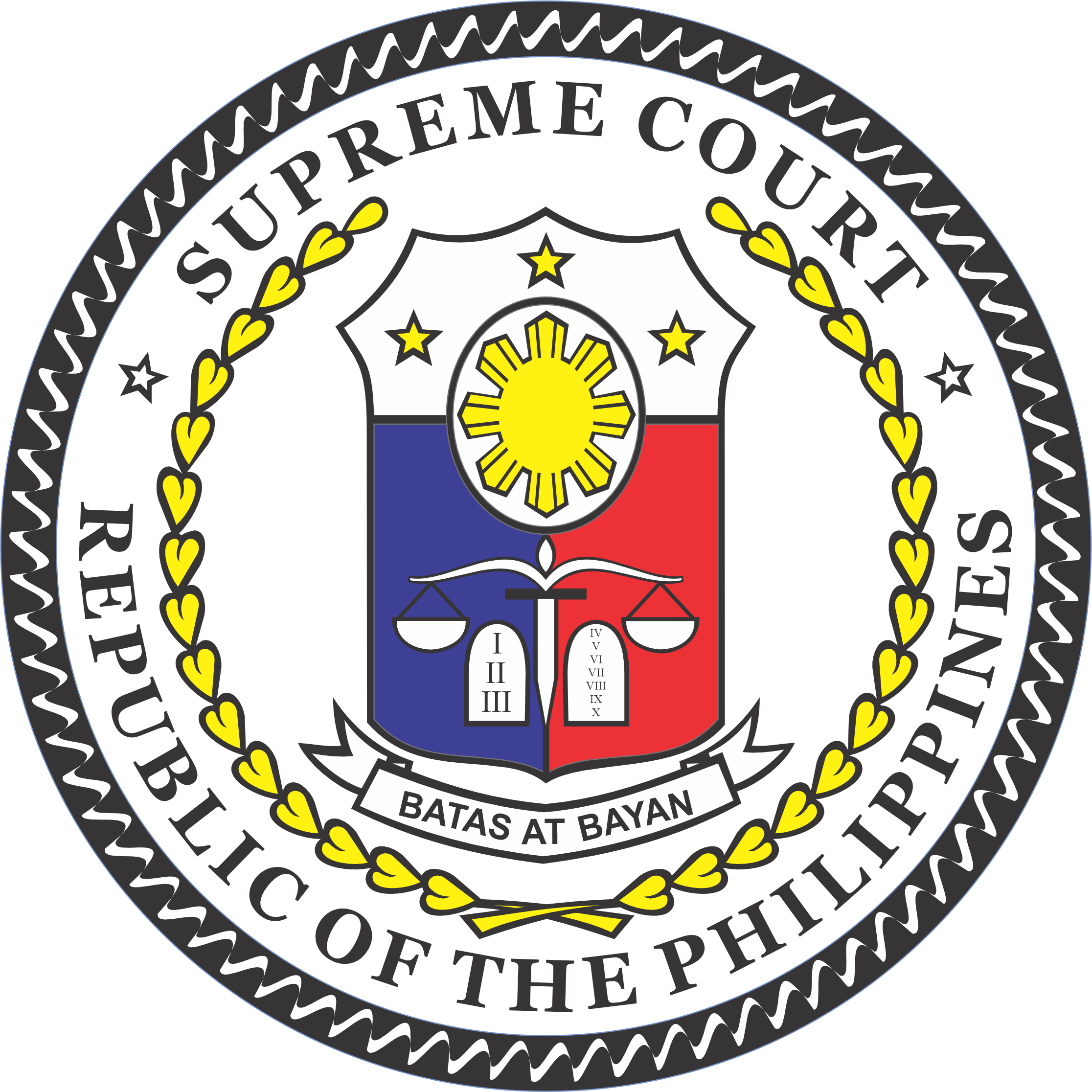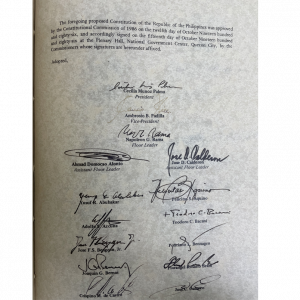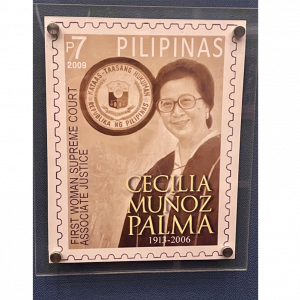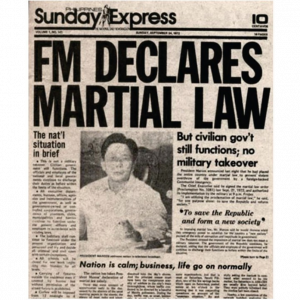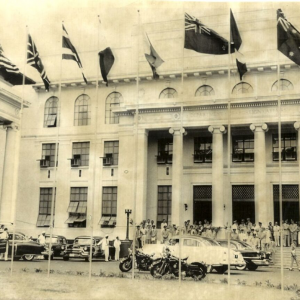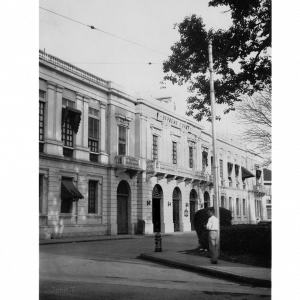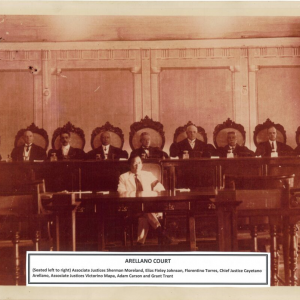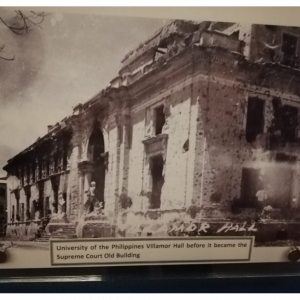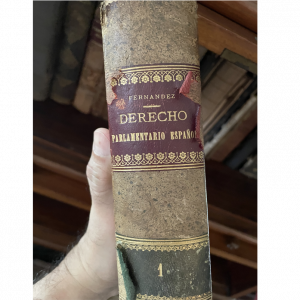JSCC Reaffirms Commitment to Continue Working Together
May 05, 2022
Chief Justice Alexander G. Gesmundo, Justice Secretary Menardo I. Guevarra, and Interior and Local Government Secretary Eduardo M. Año today reaffirmed their commitment to continue working together for a speedier dispensation of justice.
The three officials made this commitment during the Principals’ Meeting of the Justice Sector Coordinating Council (JSCC) at the Manila Hotel on Thursday, which also coincided with the JSCC’s commemoration of its 12th year anniversary. Earlier in the day, the three JSCC principals led the flag-raising ceremony at the Rizal Park.
Created on April 30, 2010, the JSCC serves as a joint forum for dialogue on issues of common interest and mechanism for effective coordination and sharing of information in support of planning and implementation of joint initiatives among justice sector institutions specifically the Supreme Court (SC), the Department of Justice (DOJ), and the Department of the Interior and Local Government (DILG).
“Congratulations to the Judiciary, the DOJ, and the DILG for all the accomplishments that we have achieved today and in the past years. May we continue to work together for a better and more efficient justice system,” said Chief Justice Gesmundo who stressed that the JSCC “has come a long way in pioneering the sector approach to public service.”
Chief Justice Gesmundo underscored that the “biggest step forward for the JSCC in the last 12 years is its inclusion in the Philippine Development Plan (PDP) for 2017-2022.” Through the PDP, the JSCC was institutionalized and had gained a foothold in the economic agenda of the country, including its annual appropriations through what we now refer to as the Convergence Budget. The Chief Justice added: “The significance of the JSCC’s inclusion in the PDP is far-reaching – it guarantees sector support from the national government and the continuity and stability of sector activities and operations for decades to come. The drafting of the next PDP for 2023-2028 is thus going to be a critical activity for the JSCC.”
He noted that the JSCC had broken down the walls and opened up the lines of communication between the Justice Sector actors, which is the crucial foundational network for coordination. “Without ever compromising institutional independence, the Supreme Court, the Department of Justice, and the Department of Interior and Local Government, and all their respective attached offices and agencies, has ushered in a new way, a better way, to serve the Filipino people. While each institution continues to pursue its stand-alone programs and activities, at the same time, as a sector, for activities that require the involvement of two or more agencies or offices, planning and operations, and now even budgeting, has become coordinated,” he said.
For his part, Secretary Guevarra stressed that the coordination among the justice sector “has allowed the germination of innovative ideas to make more efficient our criminal justice system.”
Secretary Año expressed the need to establish more Justice Zones to, among others, decongest jails.
The Justice Zones, the flagship project of the JSCC, is the showcase of the sector approach to the delivery of justice.
As of present, there are eight Justice Zones nationwide ― Quezon City launched in 2014; Cebu City in 2018; Davao City, Angeles City, Bacolod City and Naga City, all in 2019; Calamba City in 2021; and Balanga City in 2022. The Justice Zone, which is the showcase program of the JSCC, is a local area where justice sector agencies identify common problems and consider sector-based solutions to address them. It aims to invigorate coordinative strategies among the institutions, ensure that complex institutional reforms are effective linked and sequenced, and communicate such measures to the different stakeholders of the justice sector, and the public in general.
Incidentally, the principals approved the Monitoring, Evaluation and Learning Plan (MELP) for the Justice Zones. The MELP aims to strengthen the current monitoring, evaluation and learning system of the Justice Zones by preparing an overall plan which will have an outcomes framework, a monitoring and evaluation plan, and a capacity building plan.
Joining Chief Justice Gesmundo as attendees from the Judiciary were Associate Justice Jose Midas P. Marquez, Sandiganbayan Justice Bernelito R. Fernandez, Sandiganbayan Justice Karl B. Miranda, Assistant Court Administrator and Public Information Office Chief Atty. Brian Keith F. Hosaka, Deputy Clerk of Court and Judicial Reform Program Administrator Atty. Laura C.H. del Rosario, Deputy Clerk of Court and Chief Technology Officer Atty. Jed Sherwin D. Uy, Philippine Judges Association President Judge Danilo S. Cruz, Philippine Trial Judges League, Inc. President Judge Ireneo M. Lustre, Metropolitan and City Judges Association of the Philippines President Judge Anne Perpetual S. Rivera-Sia, and Deputy Judicial Reform Program Administrator Engr. Nestor U. Venturillo.
Retired Chief Justice Teresita J. Leonardo-de Castro and retired Chief Justice Diosdado M. Peralta also gave short video messages for the JSCC.
Also in attendance were Officer-in-Charge (OIC) Justice Undersecretary Nicolas Felix L. Ty and Interior Undersecretary Bernardo C. Florece, Jr. and other representatives from the DOJ and the DILG.
Among the JSCC’s other projects are telehearing, paralegal assistance, e-Dalaw, and e-Subpoena. ###





